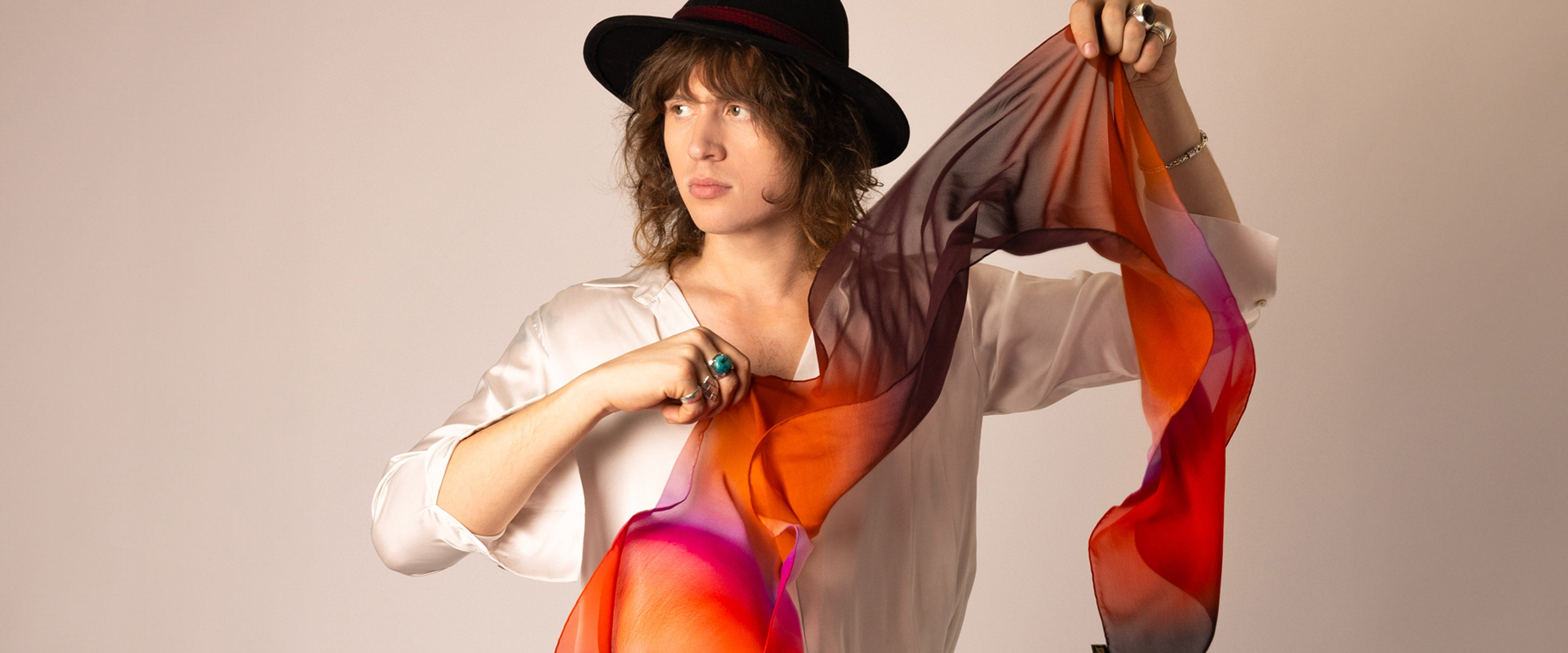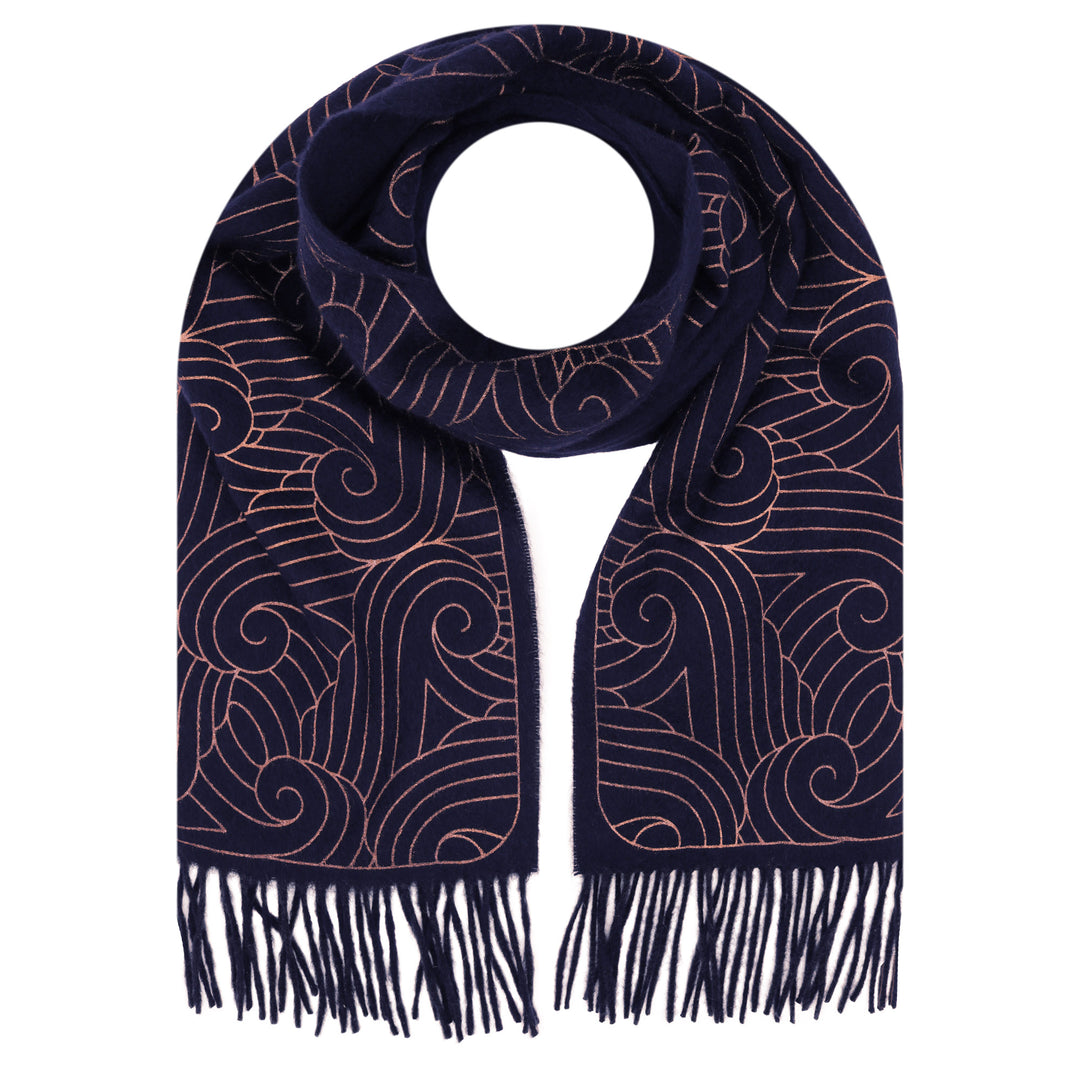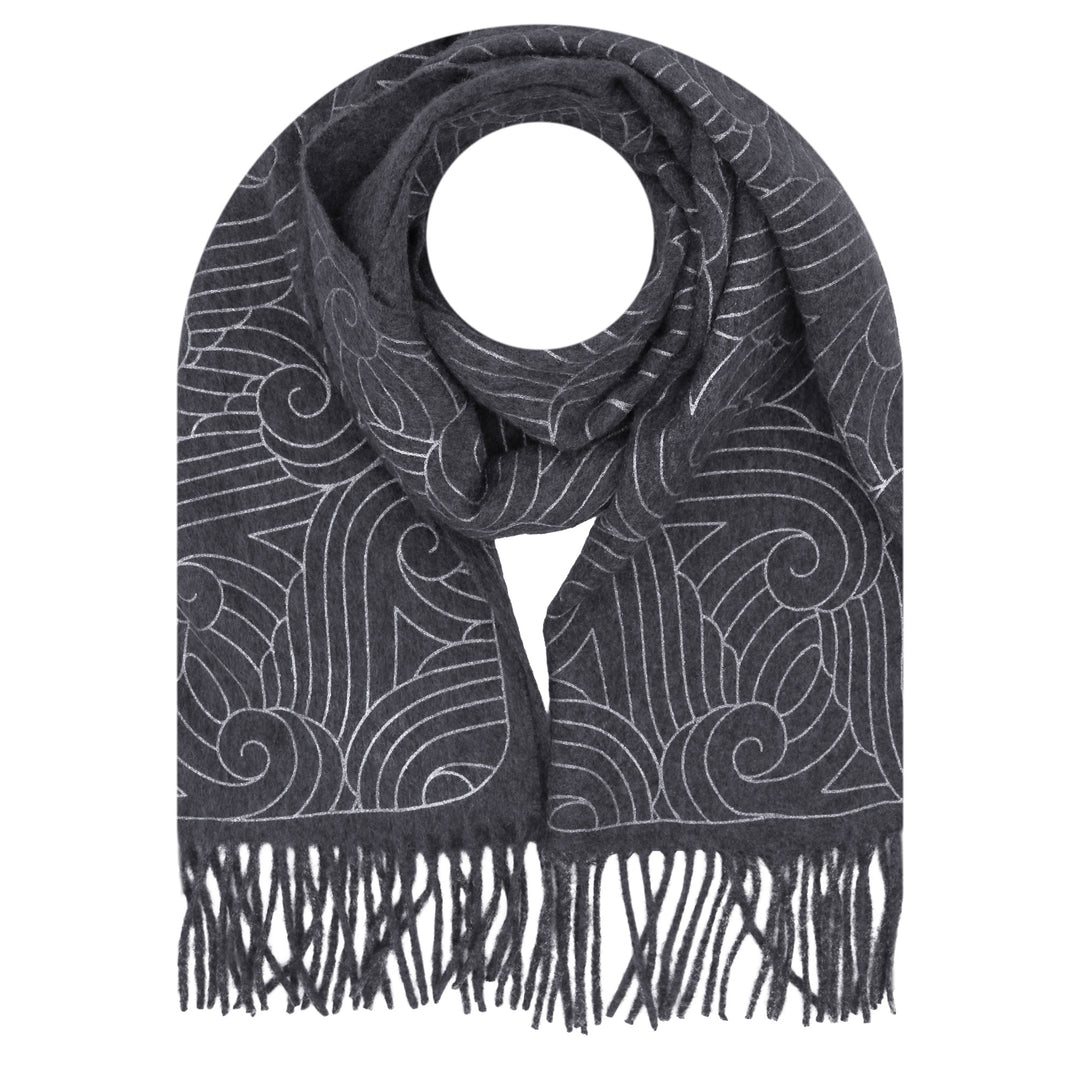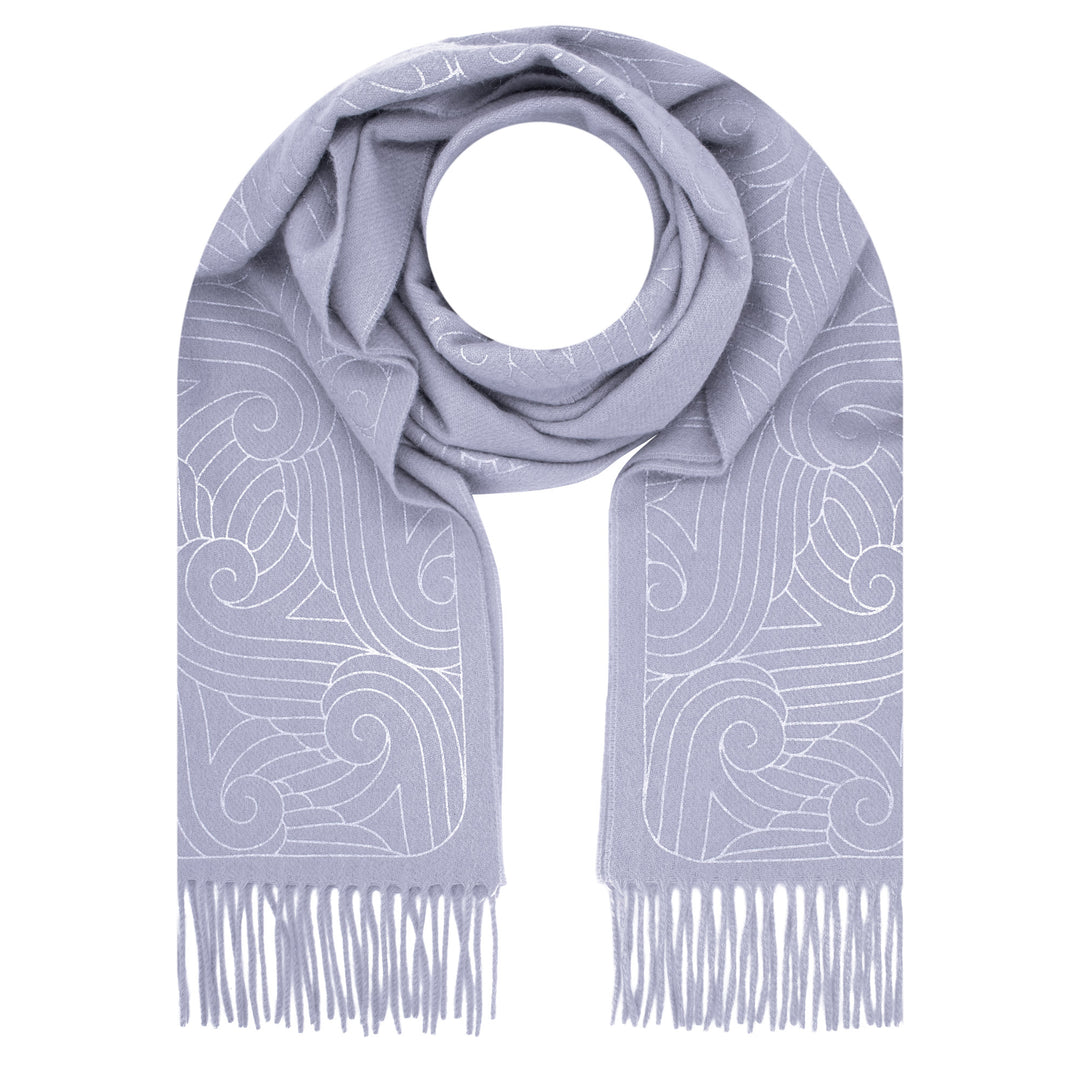Care instructions
You love your Furious Goose masterpiece and wear it whenever you can. One day you notice a grease stain on your favourite detail. Is it sun cream? Sweat? Eurgh…. Who knows but you can’t wear it like this! What are you supposed to do!
Below we will show you what to do in a luxury textile emergency like this in easy steps. But first a disclaimer…
Why do we say ‘dry-clean only’?
A product made of pure silk or cashmere is likely to have cost you a fair bit to buy and if it’s as gorgeous as a Furious Goose then you will probably want to treasure it for ever. It is for this reason that we would always recommend dry-cleaning your items where time and money allows. The UK Silk Organisation recommends dry-cleaning as the safest way to wash your foulard, pocket square or shawl and dry-cleaners have insurance should something go wrong which you do not if you try things at home.
What if I don't have time to go to the dry-cleaners?
Although we legally have to advise you to dry-clean your products it is often the case that a stain is only noticed at the last possible moment. This happened to us just before a shoot. We discovered that there was a visible grease mark on an otherwise beautiful silk scarf. We had no time to dry-clean the item so we had to roll up our sleeves and dive in. Here is how we cleaned the women’s silk scarf “Stags – Sunset” and returned it to good-as-new.
Step 1 – Cleanliness is close to godliness
Clean your sink! There can be all sorts lurking in a sink and you are about to put a very expensive and delicate item of wearable art in there. Give it a thorough clean to remove any grease and then an even more thorough rinse with water to remove any residual chemicals.
Step 2 – Don’t get into hot water
Get the water temperature right. The warmer the water the more easily dirt particles are removed from a fabric. But with silk you have to be extremely careful not to use hot water. The temperature should be approximately body temperature or lukewarm. With silk you should always err on the side of caution.

Step 3 – Less is more
Add a tiny bit of the right liquid soap. Don’t use your normal detergent for washing your silk or cashmere. After all you wouldn’t use carpet cleaner on your own hair would you! We chose Ecover Delicate which is recommended by Woolmark for use on fine wools and cashmere and it is also safe for silks and satins. Baby shampoo is also quite good as it's so chemically neutral. It’s also important to only add a tiny dribble of soap. Again, err on the side of caution.
Step 4 – Treat me gently
Please, be gentle. This is silk not corrugated iron. Manipulate the fabric in slow and light motions with your hands. Never rub at a stain as the fabric weave will deteriorate. Treat this as an opportunity for five minutes of mindful meditation. So how long you massage your silk is up to you as long as you remember it needs a feather light touch.
Step 5 – Rinse, rinse and rinse again
One of the issues that commonly arises when people choose not to dry clean their scarf is that the texture changes and that beautiful, soft and silky feel is lost. This is usually due to excess soap and inadequate rinsing. We rinsed our silk square three times in COLD water.

Step 6 – The most pressing matter
Now, to return our scarf to a dry and silky state. You will probably be quite alarmed by how wet your product feels. It’s a bit weird, considering how much care you normally take over this luxury accessory, to see it sopping wet. Whatever you do DON’T be tempted to wring out the water. It will damage the shape and fabric unnecessarily. Instead find a large, clean bath towel, lay the item flat on this and then fold it over. With your hands press down on the folded towel up and down the length of the scarf. This will remove a lot of the water. Repeat this with new towels until the scarf is damp rather than soaked.
Step 7 – The final stage
You’re nearly there… the final stage is to crack out your iron. Check that the base is clean and turn the heat up to medium. Ensure that the steam function is on so that you don’t risk burning your silk – going from a stain to a burn is possibly the worst scenario! Methodically iron the scarf on the reverse. We find that it’s best not to press the hand-rolled hems as it can unnaturally flatten them. You will see the scarf return to its normal shiny and sensual glory as you progress across the scarf. Iron gently until the scarf feels dry to the touch. Then either lay it somewhere airy to complete the drying process or even better wear it!
Silk is tougher than it looks (it is actually stronger than steel as a thread) but it should be treated with care none-the-less. If properly looked after a silk scarf will last an entire lifetime and can even become a family heirloom. Look after yours!

Specific advice on cleaning and storing a silk tie:
Really silk ties shouldn't be hand washed as the shape can be ruined. Spot cleaning is the safest option and if possible avoid using water.
- Blot any stains with a clean cloth or paper towel as soon as possible to remove as much of the stain as you can.
- You can use fine salt, surgical spirits or a specific silk stain remover.
- Surgical spirit or rubbing alcohol:
- This method is suitable for non-greasy food or liquid stains.
- Dampen a clean cloth with rubbing alcohol and lightly dab the stain until it's removed.
- Immediately dry the area with a hairdryer.
- Repeat the process if needed.
- Absorbant powder
- This method works well for oil and grease stains that are harder to remove.
- Blot away any excess stain with a dry cloth.
- Sprinkle talcum powder, fine salt or cornflour over the stain and leave it overnight.
- The next day, gently dust off the powder.
- If the stain isn't completely removed, repeat the process again if necessary.
- Stain Remover:
- If none of the above methods work, consider investing in a stain remover specifically designed for silk fabrics.
- These stain removers are fabric-friendly and not as harsh as general stain removers.
- Do not twist or wring the tie, as this can cause damage to the fabric.
- Never rub stains. Instead, gently blot or dab the stain with a clean cloth.
- To remove creases, steam your silk tie or have it pressed as this is safer than ironing where the heat comes into direct contact with the fabric.
- If you do have to iron it do so on a low heat and use a clean cloth to protect the tie.
- When storing ties, either hang them up or roll them loosely and store them away neatly with enough room for ventilation.
- Alway unknot your tie before you store it!
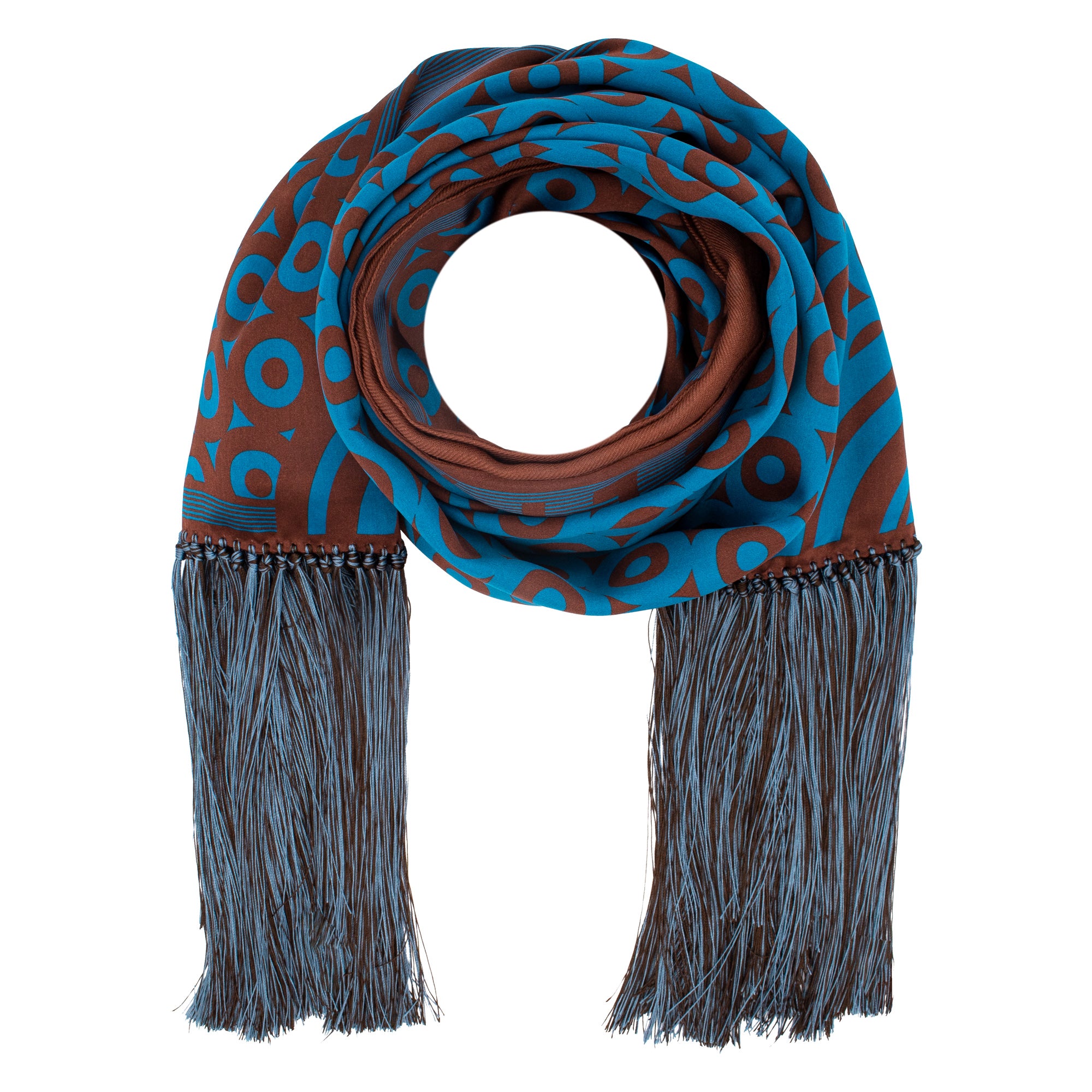
Cleaning a Cashmere Stole:
For something as precious as cashmere we would really recommend dry cleaning as they have insurance should anything go wrong. Make sure your dry cleaner is reputable and that they have cleaned cashmere before.
If you do prefer to hand-wash. Please follow the below instructions.
- Fill a basin with cool water and add a small amount of gentle wool detergent.
- Swirl the water around to mix the detergent.
- Gently place the cashmere stole in the water and let it soak for 5-10 minutes - Never soak overnight or for long periods.
- Gently swish the stole around for a minute or two.
- Rinse the stole thoroughly with cool water.
- Gently squeeze out any excess water, being careful not to wring or twist the fabric.
- Lay the stole flat on a clean towel and roll it up to remove any remaining water.
- Reshape the stole as needed and lay it flat to dry, away from direct sunlight and heat.
Note: Do not hang the stole to dry, as this can cause the fabric to stretch out of shape. Never put your cashmere in the dryer after hand washing as the heat can cause it to shrink and get damaged. Since heat can be harmful to cashmere, it is recommended to use an iron on the lowest heat setting possible if you need to remove any creases after the cashmere has dried.

Cleaning a silk shirt
To get the most out of a silk shirt it's a good idea to try to avoid the most common issue which is sweat stains and odours. Here are some tips.
- Wear a lightweight t-shirt underneath – a plain T can actually look great if you leave the shirt open at the front.
- Don't use too much deodorant or antiperspirant. These can actually cause those tell-tale yellow stains.
- Wash a sweaty shirt as soon as you can to avoid the odour and stain setting in.
- If there is a dried stain you can pretreat this with a white vinegar and water solution before washing.
- Dilute the vinegar: Mix one part white vinegar with four parts distilled water. This will ensure that the solution is not too strong and will not damage the silk.
- Test first: Before cleaning the entire silk item, test the solution on a small, inconspicuous area to make sure that the silk doesn't discolor or become damaged.
- Be gentle: When cleaning the silk with the vinegar water solution, be gentle and use a soft cloth or sponge. Do not rub or scrub the fabric vigorously, as this can damage the delicate fibers.
- Rinse thoroughly: After cleaning, rinse the silk thoroughly with cool water to remove any residue. Do not wring or twist the silk, as this can damage the fibers. Instead, gently squeeze out excess water and then lay the silk flat on a clean towel to air dry.
- Fill a basin with cool water and add a small amount of mild detergent.
- Swirl the water around to mix the detergent.
- Gently place the silk shirt in the water and let it soak for a few minutes.
- Gently swish the shirt around for a minute or two.
- Rinse the shirt thoroughly with cool water.
- Gently squeeze out any excess water, being careful not to wring or twist the fabric.
- Lay the shirt flat on a clean towel and roll it up to remove any remaining water.
- Reshape the shirt as needed and dry flat, away from direct sunlight and heat.
Note: Do not dry silk in a dryer or hang it in direct sunlight, as this can cause the fabric to fade or become damaged.

